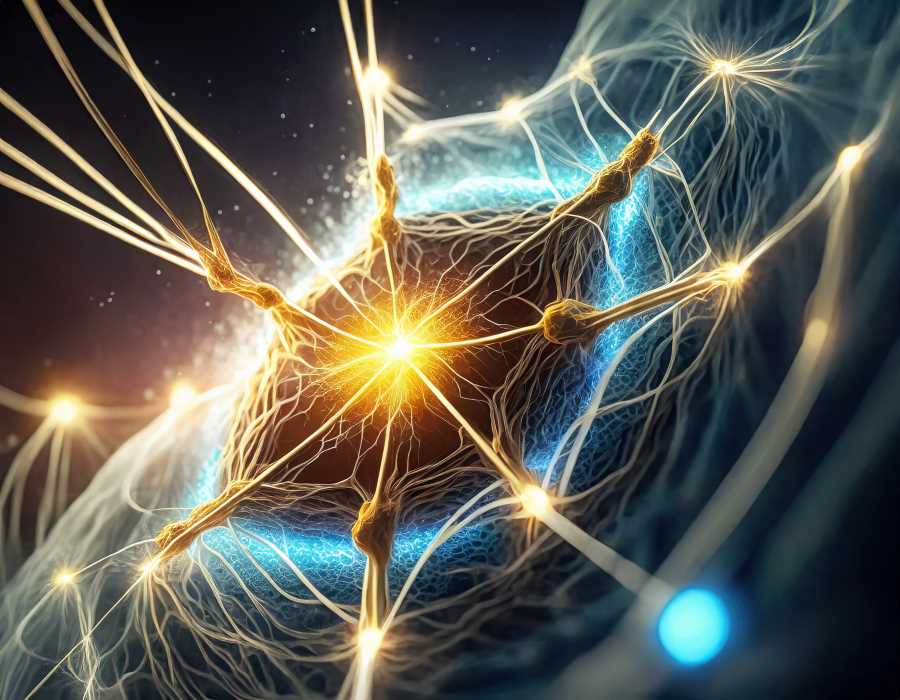What is Nobel Prize-Winning Attosecond Photography?
Nobel's laureates Pierre Agostini, Ferenc Krausz, and Anne L'Huillier have unlocked the mind-boggling world of attoseconds, capturing lightning-fast electron movements with pulses of light lasting just a trillionth of a second.

In the dazzling world of modern science, there are breakthroughs, and then there are breakthroughs that redefine the very concept of time itself. Meet the triumphant trio of Pierre Agostini, Ferenc Krausz, and Anne L'Huillier, the brilliant minds who bagged the prestigious Nobel Prize in Physics for the year 2023. Their achievement? Nothing short of mind-bending – they've unveiled the attosecond, a unit of time so minuscule it makes mere femtoseconds look sluggish.
For those not yet versed in the tiniest tickings of the temporal clock, an attosecond is a duration that stretches a mere trillionth of a second. Yes, you read that right, one trillionth! If you're finding it hard to wrap your head around, don't worry; you're not alone. Even the brightest minds in the field had to pull out their calculators to fathom the scale of it.
Giuseppe Pirruccio, a researcher at the Institute of Physics, helped us put things into perspective. He described an attosecond as being a thousand times speedier than the already lightning-fast femtosecond, the darling of ultrafast optics laboratories. That's like comparing a hare to a cheetah in the time race.
So, how does one go about creating something as absurdly brief as an attosecond? The secret, it turns out, lies in the art of atomic acrobatics. Imagine an atomic cloud and a laser locked in an electrifying dance. The laser beams its energy onto the atomic cloud, and with a flourish, snatches an outer electron away from an atom. This unfortunate electron, now unceremoniously booted from its cozy home, goes on a wild ride through the vacuum, accelerated by the same electric field that stripped it from the atom.
Here's where the magic happens. In this frenzied, high-energy journey, the electron gains an excess of energy, like an overexcited child on a sugar rush. When it eventually finds its way back to the atom from which it was torn, it releases that pent-up energy in a furious burst – an attosecond pulse of light. Voilà! The universe's tiniest blink of an eye is born.
But what's even more fascinating is what happens when these attosecond pulses of light encounter noble gases like argon, krypton, or xenon. It's a light show of epic proportions, a phenomenon known as high harmonic generation. These noble gases don't just receive light; they generate more light in return, but with a twist. This light is of a much higher frequency and boasts a vastly shorter wavelength.
In simpler terms, these gases play ping-pong with light, and when you add up all that new light, you're left with the dazzling attosecond pulses. It's like a cosmic game of catch, and we're the spectators awed by the astonishing display.
But why, you ask? What's the point of these almost inconceivably brief pulses of light? Well, that's where the real fun begins. The attosecond magic lets scientists peek into the fastest realms of the universe. Picture this: in a single attosecond, light travels the distance of a few atoms lined up in a row. It's like speed-reading the universe's fastest novel, where electrons are the main characters.
Researchers, like Giuseppe Pirruccio, are eager to harness this power to investigate mind-bogglingly swift phenomena, such as electron scattering. It's akin to capturing lightning in a bottle and then stringing those bottles together to create an electrifying video of electron dance routines.
The potential applications are still largely an enigma, but Pirruccio hints at something. Every electronic device we use has something to do with electronic dynamics, and this attosecond wizardry might just hold the key to improving their efficiency and minimizing losses.
From a chemical standpoint, attosecond pulses promise the ability to witness the evolution of a molecules electronic cloud in its excited state. The intricate details of chemical bonds breaking and forming, all of which unfold too swiftly for human eyes without this revolutionary technology.
And if you're already blown away by attoseconds, hold on to your hats. The universe of time is vast, and we've only just begun to scratch the surface. Some physicists dare to dream of even shorter durations, like yoctoseconds and zeptoseconds – time intervals so minuscule that they make attoseconds look like an eternity. In this realm, we're talking about light crossing atomic nuclei faster than a caffeinated cheetah on roller skates.
So, as we celebrate the Nobel Prize awarded to these pioneers, let's raise a toast to their mind-bending attosecond photography, an achievement that has thrust us into the dazzling, blink-and-you-miss-it world of electrons.




